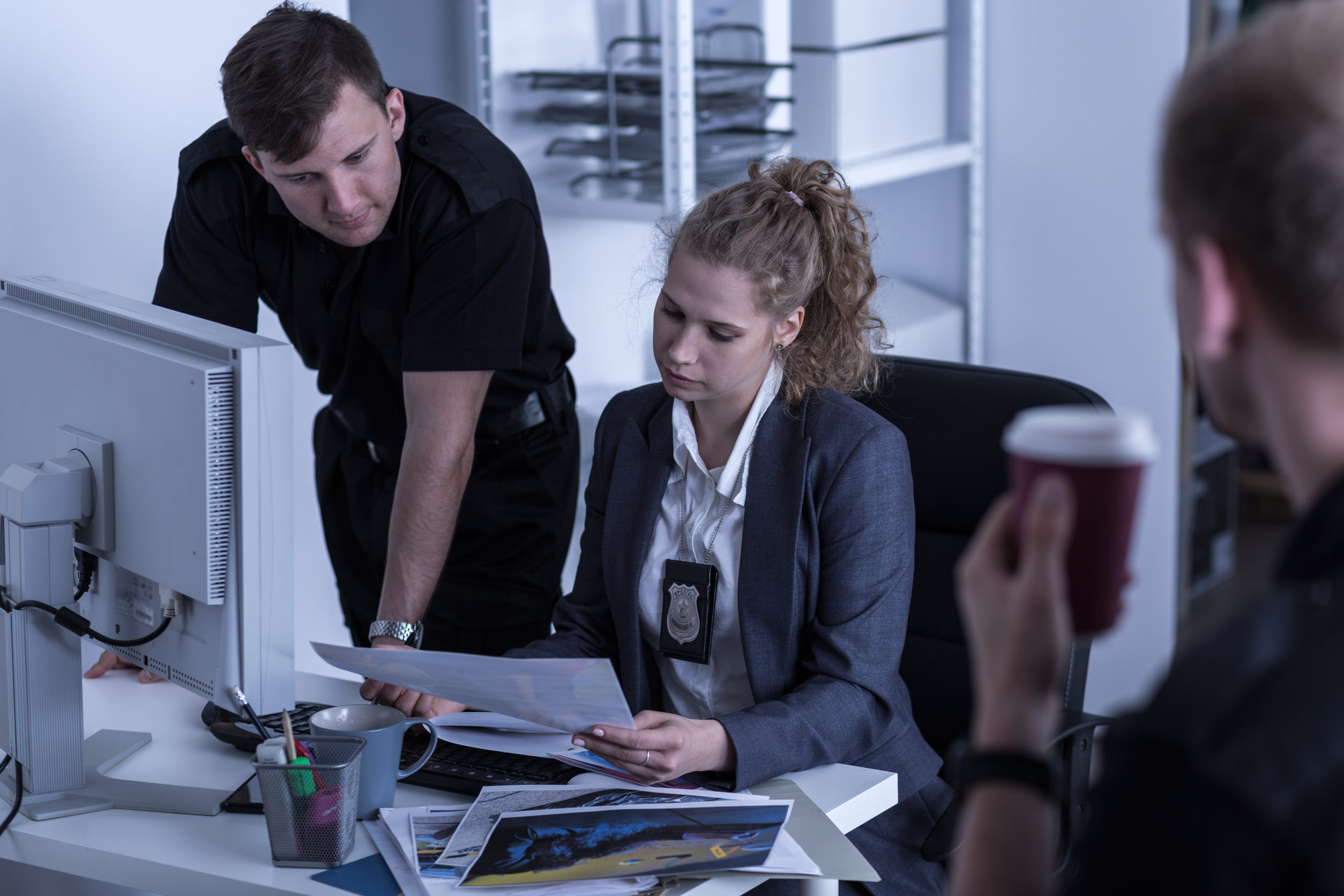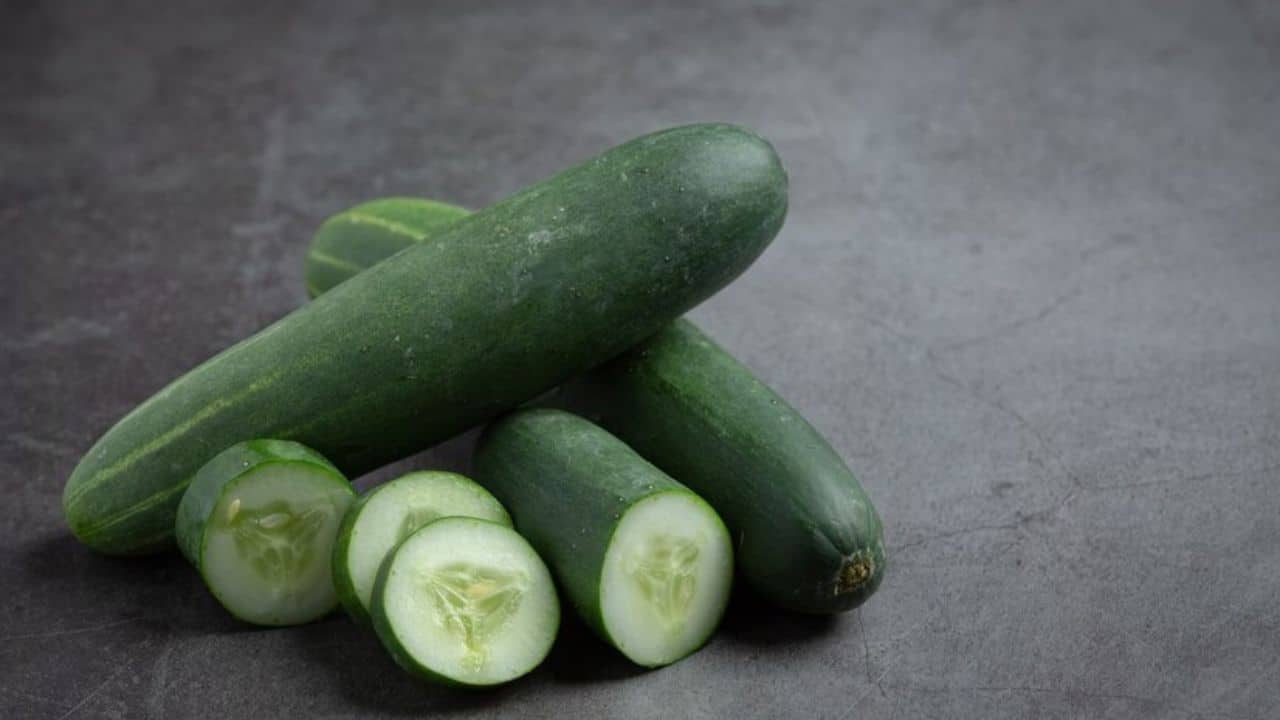In the realm of textile artistry, the sewing machine stands as an emblem of innovation, empowering individuals to transform fabrics into masterpieces.
Mastering the art of threading a sewing machine unlocks a world of creative possibilities, allowing you to stitch together dreams and bring your sartorial visions to life.
While the process may seem daunting at first, with a step-by-step guide and a steady hand, you can navigate the intricate pathways of threading with newfound confidence.
Table of contents
How to Thread a Sewing Machine
Regardless of the brand or model, sewing machines share a common language of threading, a universal code that enables them to weave their magic.
Whether you’re wielding a vintage Singer or the latest Brother innovation, the fundamental principles of threading remain the same.
How to Thread a Sewing Machine Singer
The Singer sewing machine, a revered name in the textile world, is renowned for its precision and ease of use. How to thread a sewing machine singer, follow these steps:
- Raise the Presser Foot: Using the presser foot lever, raise the presser foot to allow access to the threading path.
- Insert the Spool Pin: Locate the spool pin, typically at the top of the machine, and insert the spool of thread. Ensure the thread unwinds from the front of the spool, not the back.
- Guide the Thread: Follow the designated threading path, guiding the thread through various guides and tension discs. The specific path may vary depending on the model, but the general principles remain consistent.
- Thread the Needle: Pass the thread through the needle’s eye, ensuring it emerges from the opposite side. You may need to use a threader or tweezers to assist with this step.
- Lower the Presser Foot: Gently lower the presser foot back into its original position.
Read Also: How to Make Sand in Little Alchemy: Creative Gaming Strategy
How to Thread a Sewing Machine Brother
Brother sewing machines are known for their user-friendly features and advanced technology. To thread a Brother sewing machine, follow these steps:
- Power Off the Machine: For safety reasons, always ensure the machine is powered off before attempting to thread it.
- Raise the Needle Bar: Locate the needle bar lever and raise the needle bar to its highest position.
- Insert the Spool Pin: Find the spool pin, usually on the top of the machine, and place the spool of thread onto it. Ensure the thread unwinds from the front of the spool.
- Follow the Threading Path: Follow the designated threading path, guiding the thread through various guides and tension discs. The specific path may vary depending on the model, but the general principles remain consistent.
- Thread the Needle: Using the automatic needle threader, pass the thread through the needle’s eye. If your machine lacks an automatic threader, use a threader or tweezers to guide the thread manually.
- Lower the Needle Bar: Gently lower the needle bar back into its original position.
Threading an Old Sewing Machine
Older sewing machines, often passed down through generations, hold a special charm and character. To thread an old sewing machine, follow these steps:
- Clean and Lubricate: Before threading, ensure the machine is clean and well-lubricated to ensure smooth operation.
- Raise the Presser Foot: Locate the presser foot lever and raise the presser foot to access the threading path.
- Insert the Spool Pin: Find the spool pin, typically on the top of the machine, and place the spool of thread onto it. Ensure the thread unwinds from the front of the spool.
- Follow the Threading Path: Consult the owner’s manual or seek guidance from experienced sewers to navigate the specific threading path of your vintage machine.
- Thread the Needle: Use a threader or tweezers to guide the thread through the needle’s eye.
- Lower the Presser Foot: Gently lower the presser foot back into its original position.
Read Also: How To Make A Lizard In Little Alchemy: Imaginative Crafting In a Virtual World
Threading a Manual Sewing Machine
Manual sewing machines, while requiring more physical effort, offer a unique tactile experience and a deeper connection to the craft. To thread a manual sewing machine, follow these steps:
- Wind the Bobbin: Prepare the bobbin by winding it with thread using the machine’s bobbin winder.
- Insert the Bobbin: Place the wound bobbin into the bobbin case and insert it into the designated compartment.
- Thread the Upper Thread: Follow the threading path, guiding the thread through various guides and tension discs. The specific path may vary depending on the model, but the general principles remain consistent.
- Thread the Needle: Use a thread.
FAQs
Threading a sewing machine involves guiding the thread through specific points in the machine. Generally, this includes the spool pin, thread guide, tension discs, take-up lever, and needle.
The thread should wind onto the bobbin in a specific direction, typically indicated by arrows on the bobbin case. It’s crucial to wind it correctly to ensure smooth operation while sewing.
After threading, gently pull the thread. If it moves smoothly without resistance, and the machine operates without jamming, the threading is likely correct.
Thread breakage can occur due to various reasons, including incorrect threading. Check the threading path, needle quality, tension settings, and ensure the bobbin is correctly inserted.
Conclusion
The art of threading a sewing machine is an essential skill for anyone venturing into the world of textile crafting. Understanding the intricate workings of a sewing machine and mastering the technique of threading will empower crafters to bring their creative visions to life with precision and finesse. With a combination of patience, practice, and attention to detail, individuals can harness the potential of their sewing machines to produce beautiful and professional-quality textiles.
Read Also: How to Make a Strength Potion: Fantasy Brewing Creativity
References
Recommendations
- How to Make Sand in Little Alchemy: Creative Gaming Strategy
- How To Make A Lizard In Little Alchemy: Imaginative Crafting In a Virtual World
- How to Make a Strength Potion: Fantasy Brewing Creativity
- How To Make Collage On iPhone: Digital Photo Arrangement Creativity
- How to Make Cotton Candy: Sweet Creation Delight





